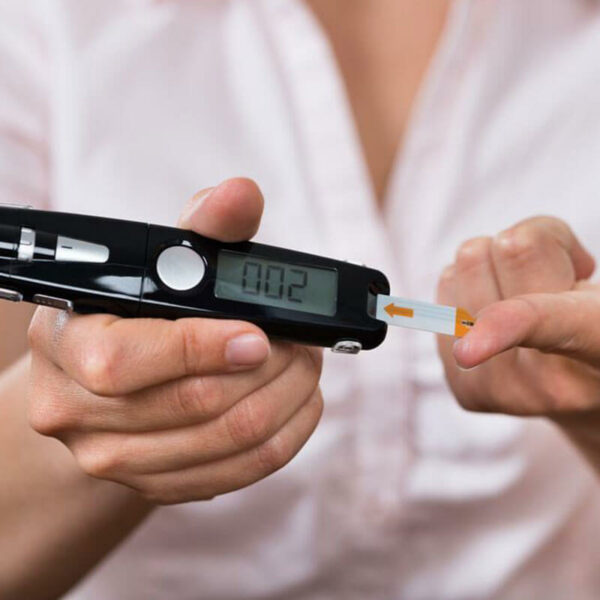
These Common Medical Conditions are Causing Your Osteoporosis Bone Loss
There are certain common medical conditions that are specifically linked with osteoporosis bone loss. Here’s what you need to watch out for. The bone is a living tissue, and as such it is constantly being broken down to create new bone. However, when the rebuilding process is slower than the breaking down process, the bones become fragile and brittle. This is what happens when you develop osteoporosis. Osteoporosis is more common in women than men, and affects about 200 million women all over the world. Even though this disorder affects women of all age and races, it is more common in older white and Asian women. When you are suffering from osteoporosis and it reaches an advanced stage, fractures become a part of daily life. The fractures that are associated with osteoporosis usually occur in your spine, hip, and wrist. The bones become so brittle that even everyday activities like bending over or stepping on to the pavement can result in fractures. Early stages of osteoporosis do not show any symptoms, but when it reaches an advanced stage, symptoms like loss of height, back pain, neck pain, fractures, and stooping posture can be seen. A simple bone density test that shows the extent of osteoporosis bone loss is used when you want to diagnose this disorder.









